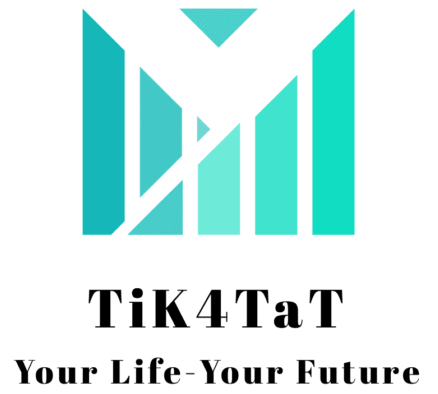Understanding Welfare: Myths vs. Reality

The prevailing narrative often paints a picture of welfare recipients as primarily unemployed, able-bodied men, disproportionately from southern states. However, this is a deeply flawed and harmful stereotype. The reality is much more complex, with women and children forming the majority of welfare recipients across the nation.
While it’s true that a significant portion of welfare recipients are white, it’s crucial to understand that this group primarily consists of women and children. Single mothers facing the dual burdens of poverty and single parenthood often rely on government assistance programs like Temporary Assistance for Needy Families (TANF) and Supplemental Nutrition Assistance Program (SNAP) to make ends meet. These programs provide crucial support for basic needs like food, housing, and childcare, allowing families to maintain some stability amidst challenging circumstances.
Furthermore, # Federal Funding: A State-by-State Breakdown The numbers are in, and they might surprise you. When it comes to benefiting from federal programs, Southern states take the top spots. *The Top 5 Recipients:* 1. *West Virginia*: The Mountain State takes the lead, with a significant portion of its income coming from federal programs. 2. *Mississippi*: With 24.0% of its income from government benefits, Mississippi ranks second. 3. *Arkansas*: Arkansas residents receive 22.8% of their income from federal programs. 4. *Kentucky*: The Bluegrass State comes in fourth, with 22.4% of its income from government benefits. 5. *Alabama*: Rounding out the top 5, Alabama receives 21.8% of its income from federal programs. *The Lowest Recipient:* – *Washington, D.C.*: Residents of the nation’s capital collect the lowest percentage of government benefits, with only 11.7% of their total income coming from federal programs. These numbers highlight the varying levels of dependence on federal funding across different states.
Factors contributing to poverty and reliance on welfare are diverse and complex, encompassing issues like:
* Job Loss and Underemployment: The loss of a job or underemployment due to low wages can quickly push families into poverty.
* Rising Costs of Living: The increasing costs of housing, healthcare, and education can strain family budgets, particularly for low-income households.
* Discrimination: Systemic discrimination based on race, gender, and other factors can limit access to employment opportunities and educational advancement.
* Disability: Individuals with disabilities may face significant barriers to employment and require support to meet their basic needs.
* Unexpected Events: Unexpected events like medical emergencies, natural disasters, or family crises can quickly deplete savings and push families into financial hardship.
It’s important to acknowledge that systemic issues contribute to the challenges faced by many welfare recipients. These include:
* The Gender Pay Gap: Women, on average, earn less than men for the same work, contributing to their disproportionate reliance on welfare programs.
* Lack of Access to Quality, Affordable Childcare: The high cost of childcare can significantly impact a family’s budget and limit employment opportunities for parents, particularly single mothers.
* Inadequate Social Safety Net: The existing social safety net in the US may not adequately address the needs of low-income families, leaving many struggling to meet basic needs.
Perpetuating harmful stereotypes about welfare recipients not only fuels prejudice and discrimination but also hinders efforts to address the root causes of poverty. Instead of focusing on simplistic narratives, it’s crucial to:
* Acknowledge the diversity of welfare recipients: Recognize that welfare recipients come from all walks of life and face a variety of challenges.
* Address systemic issues: Work towards policies that address systemic inequalities, such as the gender pay gap, lack of affordable childcare, and discrimination in employment.
* Invest in programs that promote economic mobility: Support programs that provide job training, education, and other opportunities for individuals and families to escape poverty.
By understanding the realities of welfare and challenging harmful stereotypes, we can work towards a more just and equitable society where everyone has the opportunity to thrive.
Disclaimer: This article provides a general overview and does not constitute financial or legal advice.
Note: The views expressed in this article are for informational purposes only and do not necessarily reflect the views of any specific organization or individual.
* https://www.mic.com/articles/189473/behind-the-scenes-mike-pences-quiet-push-to-end-abortion-and-limit-womens-rights-is-succeeding



